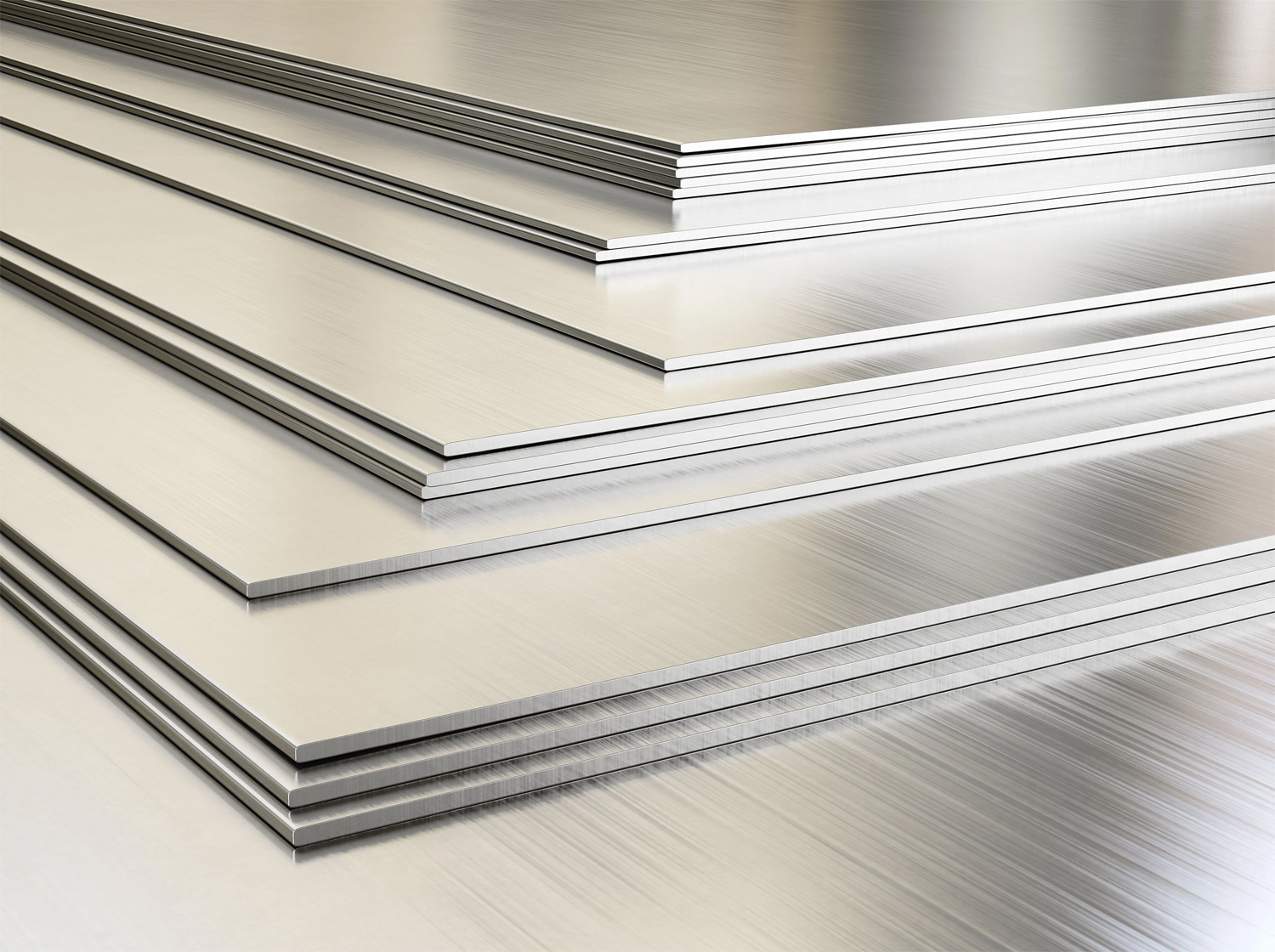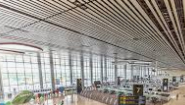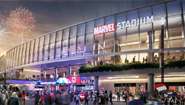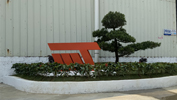Exploring Aluminum Panel Texture: A Versatile Aesthetic Element
Author:Jayminton Time:2024-07-10

aluminum panels are ubiquitous in modern architecture and design, prized not only for their durability and functionality but also for their aesthetic appeal. The texture of aluminum panels plays a crucial role in defining the visual and tactile experience of a space or object. From sleek and modern to rugged and industrial, aluminum textures offer a wide range of possibilities for designers and architects.
Understanding Aluminum Panel Texture
Aluminum panels can be manufactured with various textures, each imparting a distinct look and feel. Here are some common textures:
Smooth Finish: Smooth aluminum panels are often used in contemporary designs where a clean, unbroken surface is desired. This finish reflects light evenly, giving a polished and sophisticated appearance suitable for modern interiors and exteriors.
Brushed Finish: Brushed aluminum has a directional grain created by polishing the surface in a consistent pattern. This texture adds depth and visual interest while reducing the appearance of fingerprints and scratches, making it ideal for high-traffic areas and applications where durability is key.
Embossed or Patterned Finish: Aluminum panels can be embossed with various patterns or textures during manufacturing. These can range from geometric designs to organic motifs, offering designers the opportunity to create customized looks that complement specific architectural styles or themes.
Perforated Finish: Perforated Aluminum Panels feature a grid of holes punched through the surface. This texture not only adds a unique visual element but also serves functional purposes such as ventilation, light diffusion, or sound absorption, depending on the size and pattern of the perforations.
Rough or Textured Finish: Rough-textured aluminum panels mimic the look of materials like wood or stone, providing a tactile experience that contrasts with the material's inherent lightness and durability. This type of texture is often used to create a rustic or industrial aesthetic.
Applications and Benefits
The versatility of aluminum panel textures makes them suitable for a wide range of applications:
Architecture: Aluminum panels are commonly used in building Facades, where their texture can contribute to the overall design aesthetic. Smooth finishes lend a contemporary look, while embossed or patterned textures add visual interest.
Interior Design: In interior spaces, aluminum panels can be used for Wall Cladding, ceilings, and partitions. The choice of texture can help define the style of the space, whether it's sleek and modern or warm and inviting.
Furniture and Product Design: Aluminum's lightweight and malleable nature make it a popular choice for furniture and product design. Textured finishes can enhance the tactile appeal of chairs, tables, and other furnishings.
Industrial and Functional Uses: Beyond aesthetics, aluminum panels are valued for their durability, weather resistance, and ease of maintenance. Textured finishes like perforations serve practical purposes such as airflow management in HVAC systems or privacy screening.
Conclusion
Aluminum panel texture is more than just a visual consideration; it's a tactile and functional element that can transform the perception and performance of a space or object. Whether creating a striking facade, designing a functional partition, or crafting innovative furniture pieces, understanding the diverse textures available allows designers and architects to unleash their creativity and achieve unique and memorable outcomes. As technology advances and design trends evolve, aluminum continues to offer new possibilities, ensuring its enduring relevance in contemporary design landscapes.

 S1 Clip-in Metal ceiling System
S1 Clip-in Metal ceiling System JMT-L4.2 U-Baffle System
JMT-L4.2 U-Baffle System JMT Aluminum Wall Cladding
JMT Aluminum Wall Cladding Aluminum Honeycomb Panel
Aluminum Honeycomb Panel Air-Condenser Cover
Air-Condenser Cover Metal Heat Cover
Metal Heat Cover Singapore Changi Airport T2 Arrival
Singapore Changi Airport T2 Arrival Australia Marvrl Stadium City Edge
Australia Marvrl Stadium City Edge Enterprise Information Announcement
Enterprise Information Announcement Construction Industry Solutions
Construction Industry Solutions About Jayminton
About Jayminton Contact US
Contact US